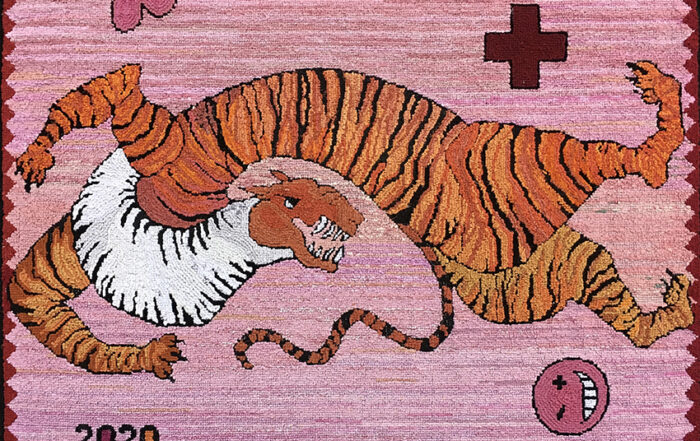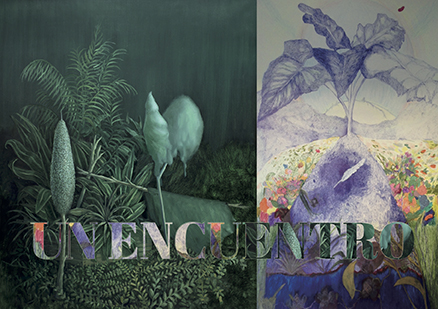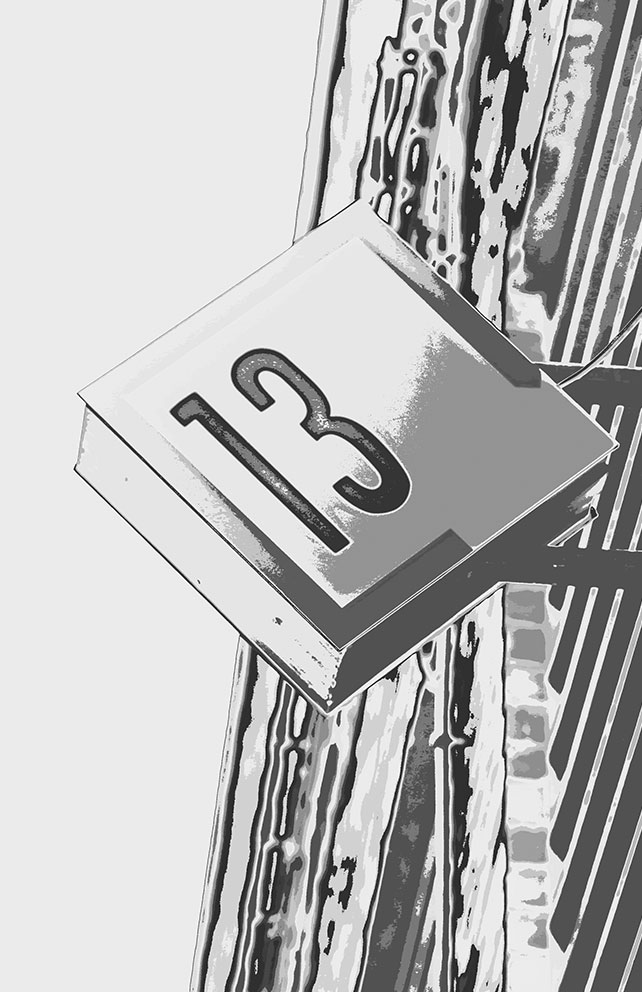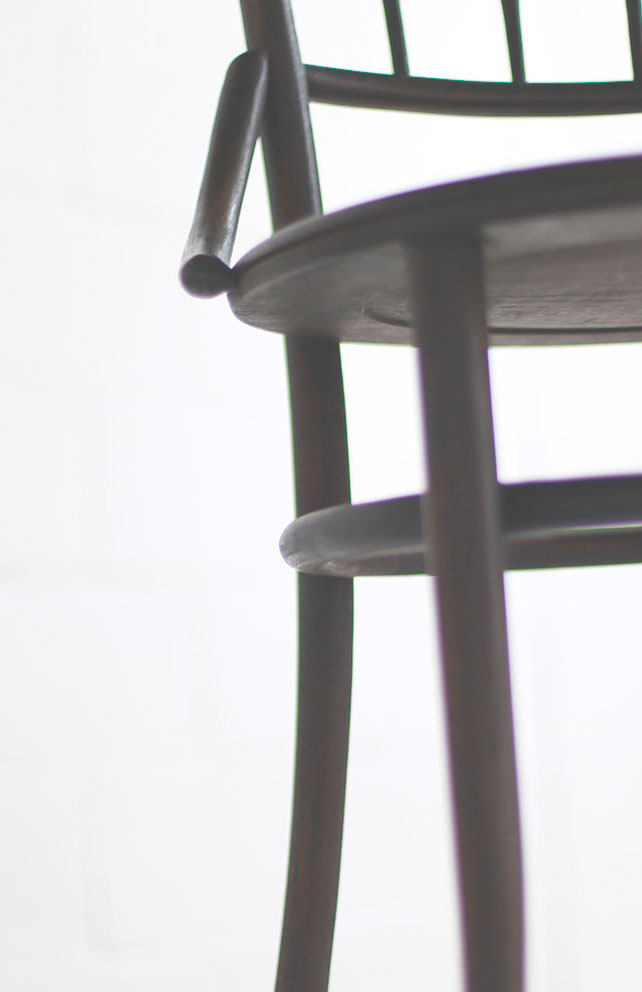13ESPACIOarte
Centro Independiente
Centro Independiente
de Arte y Creación
Contemporánea
Otras exposiciones
El tigre con salsa violeta
Anna Jonsson | 2021
Felipe Ortega Regalado | Consuegra Romero. Un encuentro
Exposición | 2022
El tigre con salsa violeta
Anna Jonsson | 2021
Blanco y Ceniza
Juan Antonio Cerezuela | 2021





